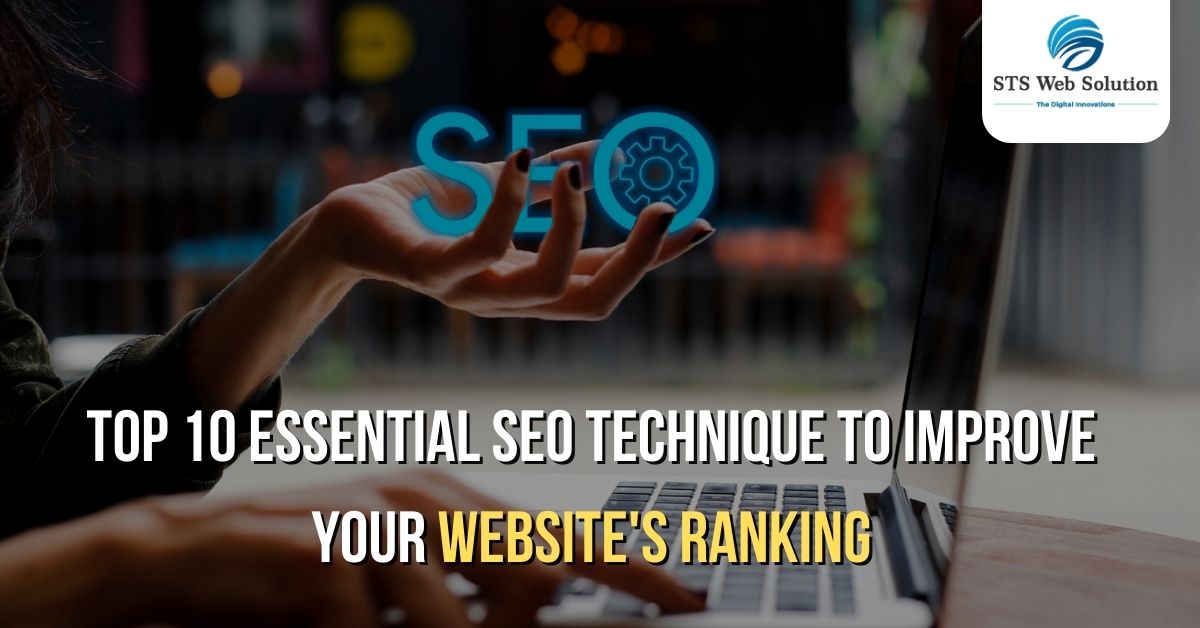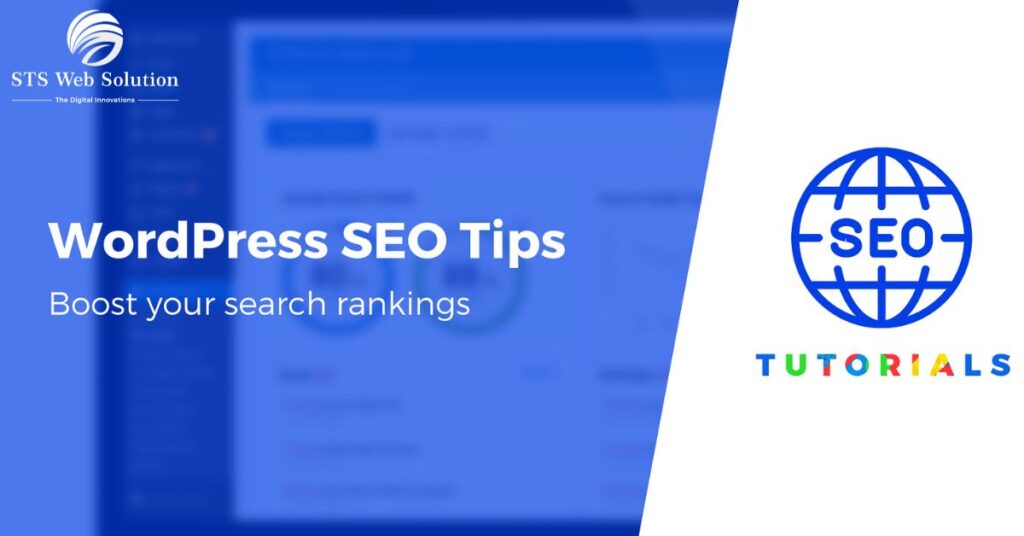In today’s digital era ,having a robust online presence is essential for both businesses and individuals alike. Search Engine Optimization (SEO) plays a vital role in improving a website’s visibility and ranking on search engine result pages (SERPs). By implementing effective SEO techniques, you can drive organic traffic to your website and enhance its overall performance. In this blog, we will discuss the top 10 essential SEO techniques that can help improve your website’s ranking.
1. Keyword Research and Optimization:
Keyword research involves identifying the specific keywords and phrases that your target audience is using when searching for relevant information or products/services. It’s important to choose keywords that have a good search volume and reasonable competition. Tools such as Google Keyword Planner, SEMrush, or Moz Keyword Explorer can aid you in discovering pertinent keywords .
After you have identified the keywords that are most relevant to your target audience, enhance your website’s content by strategically integrating them. However, it’s important to maintain a natural flow and avoid keyword stuffing, which can negatively impact your rankings.
2. High-Quality and Engaging Content:
Content is the backbone of your website and plays a crucial role in attracting and retaining visitors. Focus on creating high-quality, informative, and engaging content that addresses the needs and interests of your target audience. Publish articles, blog posts, videos, or infographics that provide value and demonstrate your expertise.
Develop a content strategy that aligns with your target keywords and covers relevant topics in your industry.
3. On-Page Optimization:
On-page optimization refers to the various elements on your website that can be optimized to improve search engine visibility. Start by optimizing your title tags, which are HTML tags that specify the title of a web page. Make sure they are concise, compelling, and include relevant keywords.
Meta descriptions are HTML elements that offer a concise overview of the content found on a web page. Optimize them by including relevant keywords and creating compelling descriptions that encourage users to click through to your website.
Utilize header tags (H1, H2, etc.) to structure your content and make it easier for search engines to understand the hierarchy and relevance of your information.
4. Mobile-Friendly Design:
As more and more users rely on mobile devices as their primary way of accessing the internet, it is imperative to have a website that is optimized for mobile devices. This is essential not only for providing a positive user experience but also for improving your website’s search engine optimization (SEO) efforts.. Responsive web design allows your website to adapt & display correctly on different screen sizes and gadgets .
A mobile-friendly design should prioritize fast loading times, easy navigation, and clear readability on smaller screens. Optimize images, minimize CSS and JavaScript files, and leverage browser caching to improve loading speeds on mobile devices.
5. Website Speed and Performance:
The speed of your website plays a crucial role in its ranking and has a direct impact on the user experience. Websites that load slowly often result in higher bounce rates, which can harm your SEO efforts. To improve your website’s performance, you can utilize tools such as Google Page Speed Insights or GT Metrix to assess its speed and identify areas for enhancement. One effective strategy is compressing images to decrease their file size without compromising their quality. Additionally, you can minify CSS and JavaScript files by eliminating unnecessary characters, spaces, and line breaks.
6. Link Building:
Link building refers to the process of acquiring external links from other websites to your own. Search engines consider backlinks as votes of confidence for your website’s credibility and relevance. However, it’s crucial to focus on acquiring high-quality backlinks from reputable and relevant sources.
Guest posting on authoritative websites, reaching out to influencers or industry experts for collaborations, and creating valuable content that naturally attracts links are effective strategies.
7. User Experience Optimization:
User experience (UX) optimization involves creating a positive and seamless experience for your website visitors. This includes factors such as website navigation, layout, design, and overall usability.
Ensure that your website is easy to navigate, with clear menus and intuitive site structure. Use clear and concise language, logical organization, and provide a search function if necessary. Optimize your website’s layout and design to be visually appealing, user-friendly, and accessible on different devices and screen sizes.
8. Social Media Integration:
Social media integration can amplify your SEO efforts and increase brand visibility. Promote your website content across various social media platforms to expand your audience reach and foster engagement through social sharing.. Engage with your followers, respond to comments, and build a strong social media presence.
By effectively utilizing social media, you can increase your website’s reach, attract more visitors, and potentially earn backlinks from influential social media users or websites.
9. Local SEO:
If your business targets a specific local area, local SEO techniques can help you improve visibility within your target location. Include location-specific keywords in the content of your website, as well as in the meta tags and URLs. Create and optimize your Google My Business profile, providing accurate and up-to-date information about your business, such as address, phone number, and operating hours.
10. Regular Monitoring and Analysis:
Monitoring your website’s performance and analyzing relevant data is crucial for effective SEO. Use tools like Google Analytics and Google Search Console to track important metrics such as organic traffic, bounce rate, keyword rankings, and user behavior.
Analyze this data to identify trends, strengths, weaknesses, and opportunities for improvement. Adjust your SEO strategy accordingly, making informed decisions based on the insights gained from the data.
Conclusion:
By incorporating these crucial SEO techniques into your strategy, you have the opportunity to greatly enhance your website’s position and visibility within search engine results. It is important to remember that SEO is a continuous and dynamic process, necessitating ongoing effort and the ability to adapt to changes .Consider seeking professional assistance from trusted SEO service providers like STS WEB SOLUTION to ensure effective implementation and optimal results.






